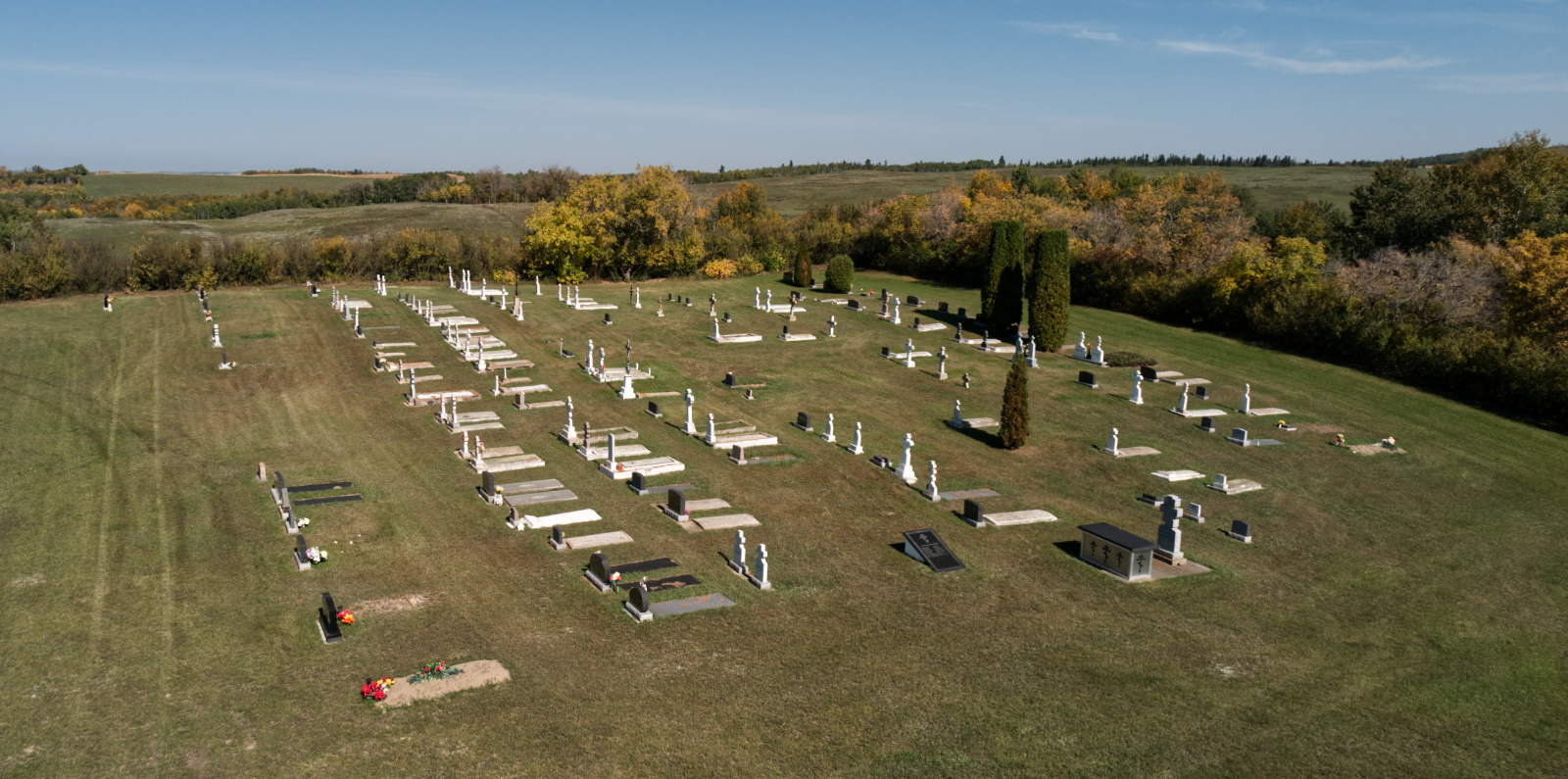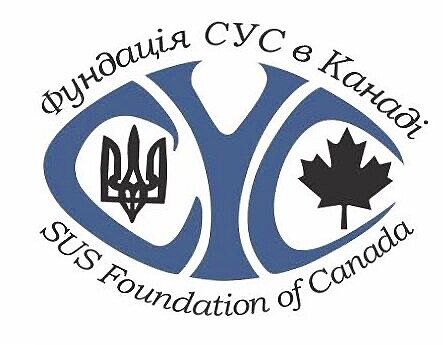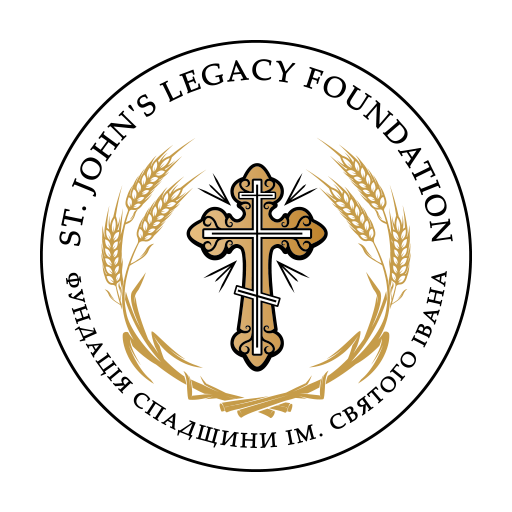The origins of South Slawa church extend as far back as 1909, two years after the district was settled by immigrants from Galicia, Western Ukraine. At a meeting in the home of M. Hymanyk, a group of residents decided to build a church to serve the needs of the new community. Completed in 1910, the sanctuary was initially used by ministers from the Presbyterian-backed Independent Greek Church, popularly known as the "Seraphimite" formation after its founding bishop. Although the Independent clergy at first retained most of the features of the Byzantine liturgy, the church leaders planned to gradually discard these and to introduce a Protestant form of worship. (See, for instance, “Misiinyi rukh v okolytsy Slava, Al’ta.,” Ranok, 28 March 1917, p. 6, which announces that a service was to be held there by Rev. I. Danylczuk on 8 April.) When one Independent pastor, I. Danylczuk, openly declared that vestments, candles, and incensories were unnecessary, the parishioners protested and barred him from serving in their place of worship. Afterwards, a priest from the Russian Orthodox mission appeared in the community, but when he roundly castigated the congregation members for having accepted “Seraphimite” ministers—claiming that a devil had thereby nested himself in their midst and would have to be driven out—the batiushka himself was forced to depart. Apparently, the first South Slawa church was then either abandoned or destroyed, as no other mention is made of it in extant sources.
Regardless, in 1923 devout members of the original South Slawa congregation learned of the activities of Rev. Ivan Kusey on behalf of the Ukrainian Orthodox Church in the vicinity of Willingdon, west of Two Hills. When they invited him to celebrate a liturgy at South Slawa, the service drew a large number of people who were moved to hear the Gospels for the first time in their native Ukrainian tongue. On September 17, 1923 a meeting was held to formally bring into existence a Ukrainian Greek Orthodox parish. The newly formed executive was immediately authorized to proceed with the construction of a church, and $102.15 was gathered in donations for the building fund. (Another $40 was also collected to cover the costs of obtaining clerical services.) Soon after, a log structure was erected by volunteers for the sum of $119.85 in materials, vestments and candle holders being purchased in 1924. On September 27, 1925 a liturgy was celebrated at the new church by Archbishop Ioan Theodorovich, $40.00 being collected from the large crowd in attendance.
At the annual meeting held on 19 December of the same year, bylaws were drafted for the congregation and land was acquired for $20.00 from John Hymanyk to establish a parish cemetery. The next important development in the life of the South Slawa congregation was the decision made at a special meeting (held on January 3, 1931) to build a new church that would better accommodate the growing ranks of the Ukrainian Orthodox faithful in the north Myrnam area. Logs were subsequently obtained from an island on the North Saskatchewan River, five miles to the north (the former site of Fort D'Isle, where the Northwest Company operated a trading post from c. 1801-1804) and squared at John Zalaski's sawmill. Andrew Sakowsky and Metro Nahorniak served as supervisors over the project, which was undertaken by volunteers working under the direction of a hired chief carpenter. When the first rafter was raised on the east wall of the new structure, a wreath of flowers (gathered by 12- year-old Nick Zalaski) was tied to it to symbolically represent the hope that the church would enjoy a long and happy life.
After the new Slawa Church – given the name "Dormition of St. Mary", or Uspenia – was completed in 1933, it was officially consecrated by Archbishop Ioan Theodorovich. Situated on a knoll with a commanding view of the surrounding countryside, the cruciform structure was crowned with a large central dome, two smaller domes gracing the narthex and sanctuary. In 1938 a belltower was constructed adjacent to the southwest corner of the church and fitted with a bell. Subsequently, an iconostasis was installed (apparently purchased through the consistory), a chandelier acquired, and other refinements made to the church interior and its furnishings.
It was from the mid-1930s to the early 1950s, that South Slawa congregation enjoyed its peak years of activity. In 1939 ten liturgies were celebrated at the church, a figure that dropped to eight in 1946, but increased to twelve the next two years, and thirteen in 1949. Throughout this time, Slawa was served by priests based in Myrnam, five miles to the south, a situation that on occasion resulted in some friction. Thus, with the appointment of Rev. M. Flak to the Myrnam district in late 1951, tensions arose between the two communities because of apparent political differences in the make-ups of the two congregations. Whereas Myrnam residents were sympathetic to the unabashed anti-Communism of Rev. Flak, who had recently arrived from war-torn Eastern Europe, Slawa supporters were said to be more left-wing, and noticeably cool toward their new minister.
In 1953, when twelve Divine liturgies were held, the congregation had 28 members, a figure that dropped to 20 by 1955, when thirteen Sunday services were held. After that, rural depopulation and the aging of the membership slowly whittled away at the vitality and viability of the St. Mary's parish. The church was always plagued by the shortage of available priests in the UGOC, and frequent letters to the consistory attest to the fact that Slawa parishioners were often frustrated with their level of pastoral care.
In 1982 South Slawa church was designated an historic site by the Province of Alberta. Three years later, the exterior of the church was repainted, and the doors and windows were replaced. The well-maintained sanctuary is still used for regular services, as well as weddings, funerals and the annual commemoration of the Feast of the Dormition of the Virgin Mary.
The Slawa congregation also owns the T. Shevchenko Ukrainian National Hall, half a mile west of the church, where parish functions, concerts, and plays have been held over the years. Completely refurbished in 1989, its stage contains a beautiful backdrop painted by artist P.W. Romaniuk in 1942.

Play Memory Eternal Chant
GPS Co-ordinates: 53.715864, -111.092719
Affiliation: Ukrainian Orthodox Church of Canada



 Financial support generously provided by:
Financial support generously provided by: 